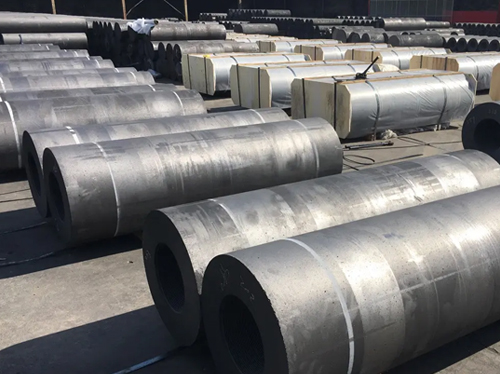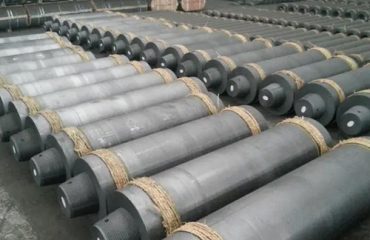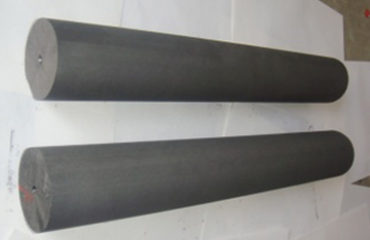
The resistivity of HP Graphite Electrodes typically falls within the following range:
Electrode body: generally between 5.8-6.6 μ Ω· m.
Electrode connector: usually between 3.5-4.0 μ Ω· m.
However, factors such as products produced by different manufacturers and different application scenarios can lead to differences in resistivity. For example, for high-power graphite electrodes with diameters ranging from 300mm to 600mm, the standard resistivity of the electrode body is 7.0-7.5 μ Ω· m, but the actual measurement is 6.5 μ Ω· m. The standard resistivity of the electrode joint is 6.5-7.0 μ Ω· m, but the actual measurement is 4.5 μ Ω· m.
The main factors affecting the resistivity of HP Graphite Electrodes are as follows:
Raw material purity: Low impurity content in raw materials, such as using high-quality refined petroleum coke, needle coke, etc., can reduce the resistivity of high-power graphite electrodes produced. If there are too many impurities in the raw material, it will hinder electron conduction and increase resistivity.
Production process: Graphitization temperature is a key factor. Within a certain range, the higher the graphitization temperature, the more regular the lattice arrangement, the more ordered the carbon atom structure, the easier electronic conduction, and the lower the resistivity. For example, electrodes graphitized at temperatures of 2800 ℃ and above often have lower electrical resistivity than electrodes graphitized at 2500 ℃. In addition, the control of processes such as molding, impregnation, and calcination can also affect the electrical resistivity. For example, an appropriate calcination system can make the internal structure of the electrode denser and reduce the electrical resistivity.


